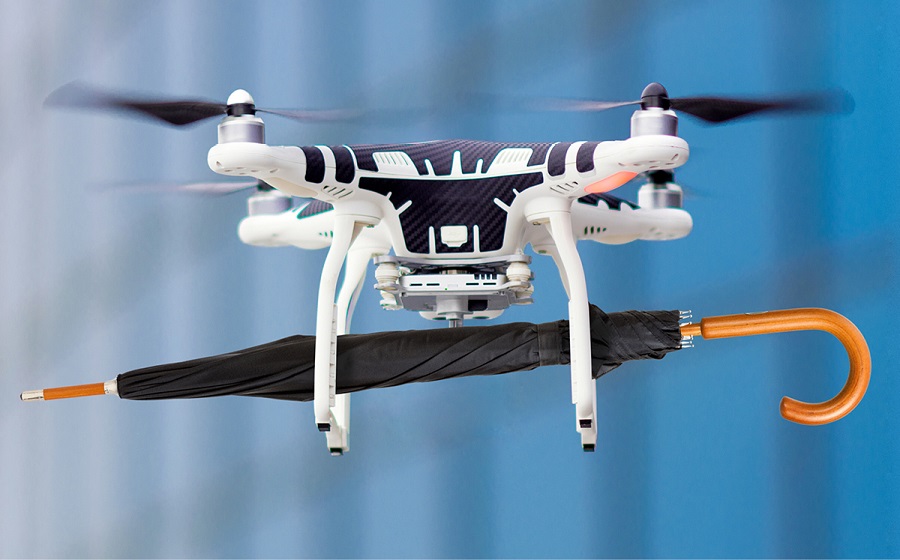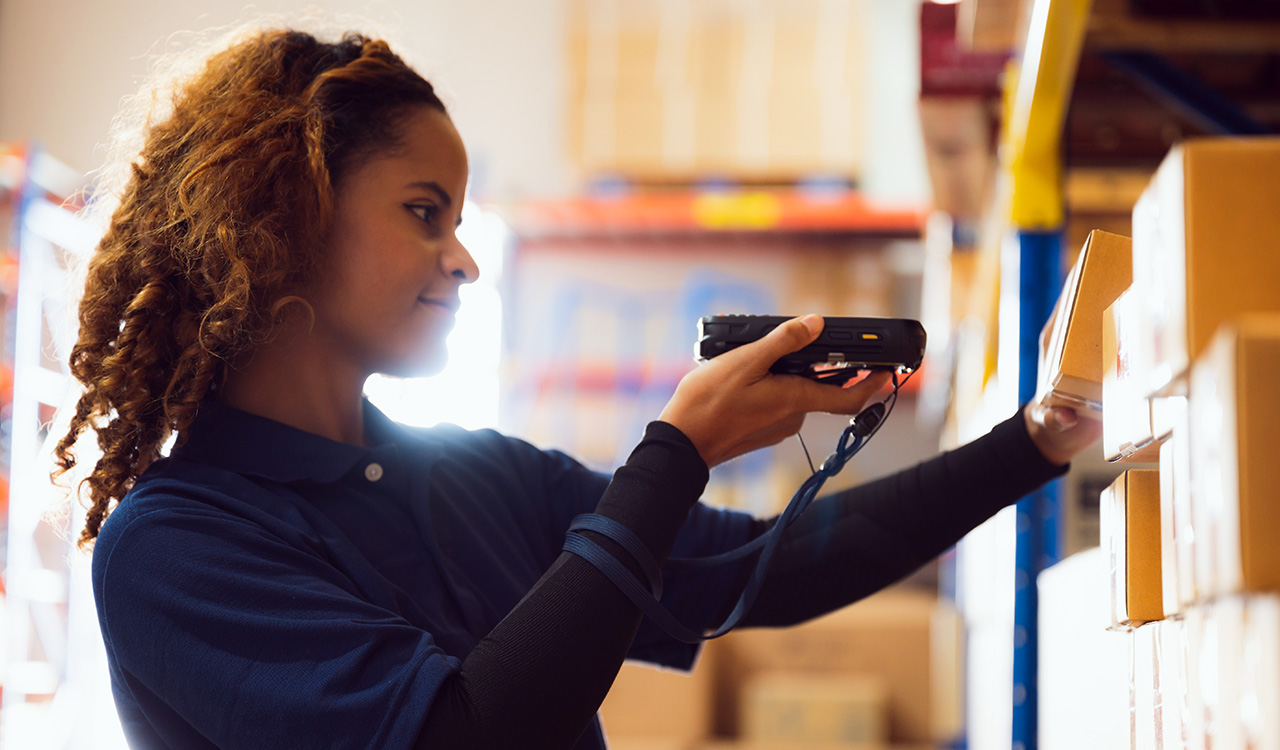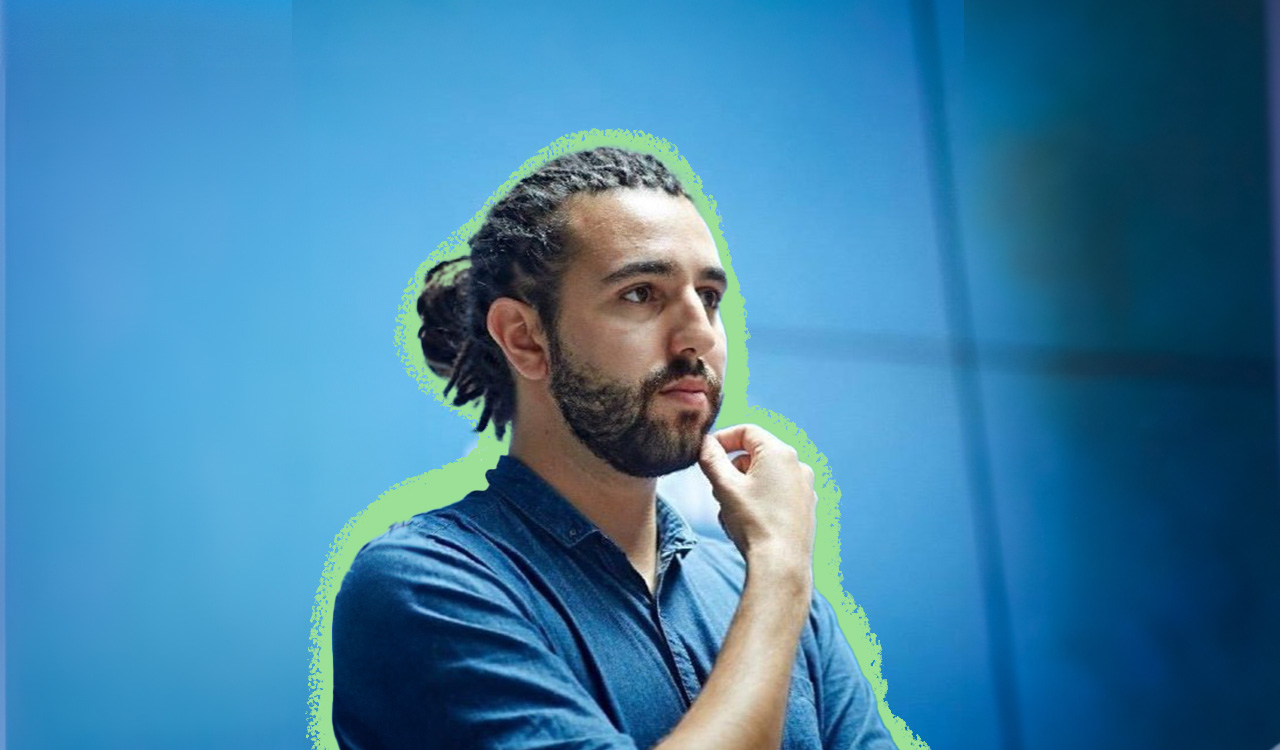Amazon coined “the last mile” as the most important, complex and costly last leg of distribution. Their goal: speed of delivery within hours, or less. They also started free shipping. Both moves have had huge ramifications for traditional legacy players. Forced to compete (while still playing by Wall Street’s rules of profitability), the costs have hammered their margins. But the quest for faster and cheaper distribution will continue until it’s reduced to an efficient nanosecond.
Imagine In the near future you will be walking down a street when you notice the sky clouding over, threatening a thunderstorm. You voice an umbrella order through Siri and within minutes a drone hovers overhead, delivering the umbrella. Not too long ago before we knew what a drone was, before voice commerce existed and when Amazon was still just a river, we would have found this idea preposterous.
This notion reminds me of a cocktail party discussion in the 1950s when a friend of mine said that in a few years we would all be paying for bottled water instead of drinking free tap water and it might become a $50 billion industry. I asked him if he was smoking something in addition to his gin and tonic. Today, bottled water has a $302 billion global valuation.
So, what is the next preposterous thing? Driverless transportation is a good near-term bet, and not so preposterous. And I don’t think we should discard the long-term possibility that a “Scotty beam me up” technology will allow us to physically decompose in one location and within minutes, re-compose in another. This does sound preposterous.
Other than the absurd (at the time) bottled water prediction, the other ideas have to do with distribution, even of ourselves. Maybe you’re more comfortable with the word delivery. I choose distribution because it casts a wider net, including sharing, allocating, spreading, etc. than simply delivering something from one place to another.
I’ve defined this century the “distribution century,” broadly defined in mine and Michael Dart’s co-authored books, The New Rules of Retail and Retail’s Seismic Shift, and explained in this 2015 article, It’s the Distribution Century, and Macy’s Gets It.
Bypass the Porch and Into the House
The ante is being raised yet again by both Amazon and Walmart. With consumers’ permission, they figured out how to deliver goods into homes — and for groceries, even into the customers’ refrigerators. The process for this service includes various security measures that will deter and/or catch any nefarious behavior on the part of the delivery person. These initiatives raise the bar for all retailers by increasing consumers’ service expectations, and at the same time, forcing additional distribution costs – just another squeeze on margins.
Nanosecond Delivery Is Not Enough
What else is going on with distribution that will increase consumer expectations — as well as costs? In my article on the launch of GoEnjoy.com I wrote about the former famed Apple executive and infamous former CEO of JC Penney, Ron Johnson who leapfrogged his original Apple Genius Bar through the launch of goenjoy.com. Essentially, Enjoy sends an expert to deliver a product purchased on their site to each and every consumer upon demand, and within hours. The expert then advises the customer how to integrate and use the product in ways that best fit into their personal lifestyle. And this hour-long consultation is free. Thus, the personalized Genius Bar experience occurs wherever the customer is, and whenever they want it.
Now, both Best Buy and Amazon have similar services. Best Buy launched an in-Home Consultation service that upon consumers’ requests, send well-trained Home Advisors to their homes to advise on how to use items purchased, and while doing so, they obviously take the opportunity to sell more stuff. So, you might need help integrating your smart devices or upgrading a computer, or suggestions on new TV options, or whatever, the advisor consults with you and works up a customized plan for your home.
Amazon’s shops within Kohl’s accept appointment requests from consumers to go to their homes to provide similar consulting services.
It’s the Personalized Distribution Century
The major take-away from this article and these examples of personalized distribution is that we are just at the very beginning of the ultimate potential of not only the nanosecond efficient distribution of products, but additionally, all of the services consumers expect around the products. Indeed, just as the drone delivers your voice-ordered high-tech umbrella as you’re walking into a rain shower, Siri will, at that moment, explain how the umbrella works.




